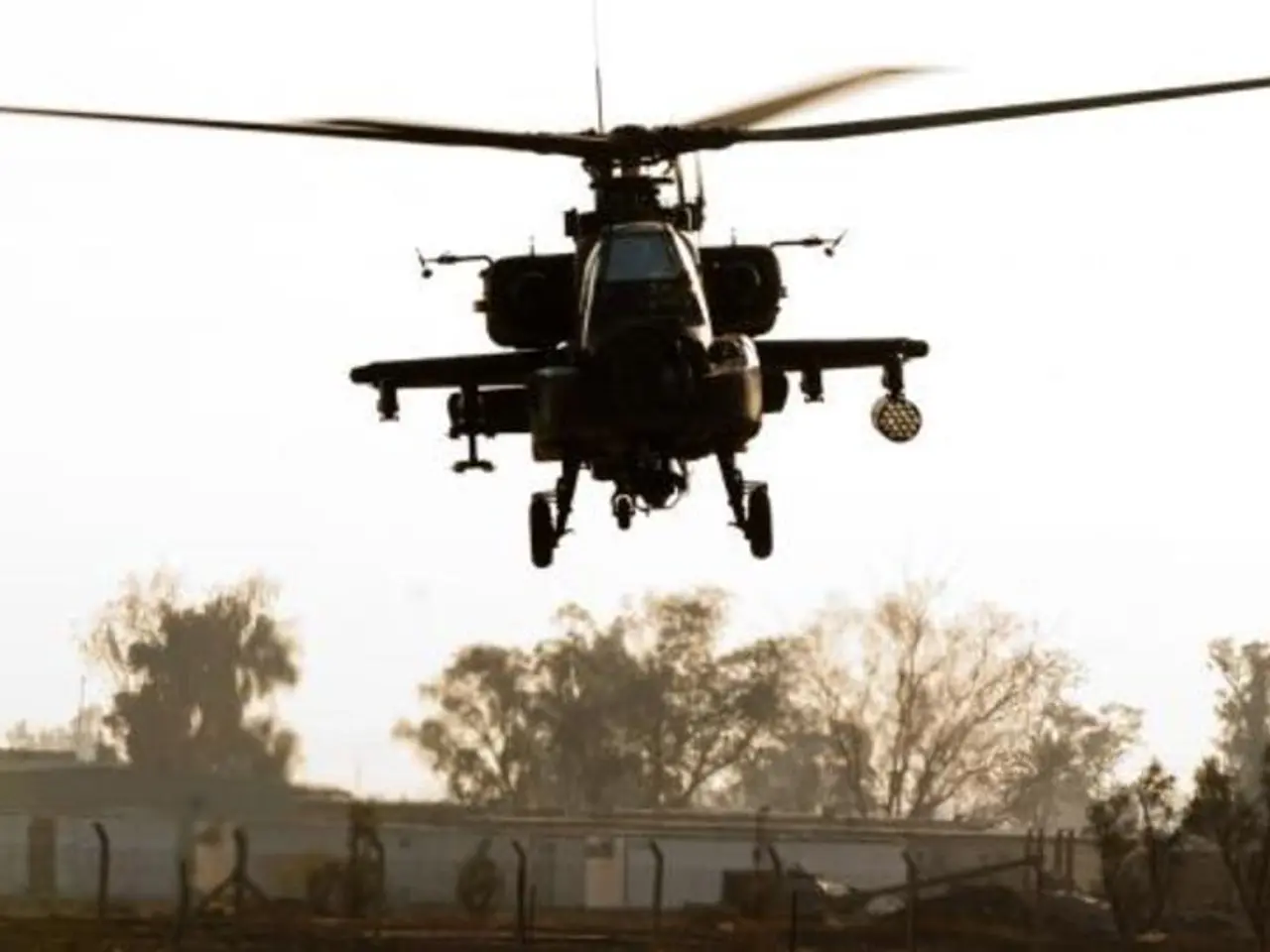Alert issued as family discovers deceased hiker, initially lost in National Park and split from group they were with
In a heartbreaking incident, Drew Hall, a father of two and a respected basketball coach at Golden West High School, was found dead in Sequoia National Park on July 13. The 36-year-old local resident of Visalia disappeared while hiking in rugged terrain on July 12.
This unfortunate incident marks the fifth fatality within Sequoia and Kings Canyon Parks this year. Over the past weekend, there were four other incidents that occurred, underscoring the importance of safety precautions when venturing into the park.
When hiking in Sequoia National Park, especially in rugged terrain, several important safety precautions are recommended. Chief Ranger David Fox encourages hikers to take extra precautions and remain vigilant while enjoying the beauty of these National Parks. Safety must always come first.
It is advisable to leave a detailed plan of your hike with someone you trust. Check the mountain weather forecast before setting off and plan to start early. Research your route and carry backup navigation tools, such as a map and compass. Know when to turn back and have a reliable means of communication in case of emergencies, such as a Garmin InReach or other satellite communicator.
Hiking and recreating in the backcountry is an inherently risky activity. When possible, hike with a partner. Carry the 10 essentials, including extra layers, food and water, headlamp, and first aid kit.
Conduct a risk assessment before your trip. Identify potential hazards such as steep snow cornices, snow bridges, and exposed chutes. Have the appropriate tools like ice axes and crampons if hiking in snow, and ensure you know how to use them properly.
Be cautious around swift water and river crossings. Only experienced hikers should attempt river crossings, and it’s advised to avoid crossing if uncertain. Snowmelt-fed rivers are icy cold and dangerous, with changing water levels throughout the day. Crossing early in the morning is safer due to lower water flow. Carry extra food and overnight gear in case of delays.
Prepare for altitude sickness as many areas in Sequoia are at high elevations, which can affect breath and energy levels.
Be bear aware. Black bears are commonly sighted. While bear spray is illegal in the park, stay safe by not approaching bears, maintaining at least 50 yards distance in undeveloped areas, and making loud noises to scare bears away if encountered in campgrounds or developed areas. Never feed bears or get between a mother and her cubs.
Leave no trace. Pack out what you bring in to preserve the environment.
Adjust plans as needed. If any hazard feels too dangerous or you don't have the necessary skills or equipment, turn back. FOMO (fear of missing out) is not worth risking your life.
These precautions will help ensure a safer hiking experience in the challenging and diverse environments of Sequoia National Park. Our thoughts are with Drew Hall's family and friends during this difficult time.
As of now, there have been 60 search and rescue incidents handled by emergency personnel in Sequoia and Kings Canyon Parks this year. It is a stark reminder of the importance of safety while exploring the great outdoors.
Sports enthusiasts should remember the tragic incident of Drew Hall, a basketball coach, who lost his life while hiking in Sequoia National Park. Safety precautions are crucial when venturing into national parks, especially those with rugged terrain like Sequoia. To minimize risks, hikers are advised to take several precautions, such as leaving a detailed hiking plan, checking the weather forecast, researching the route, carrying backup navigation tools, and having a reliable means of communication. Always remember, safety must come first when engaging in outdoor activities.








